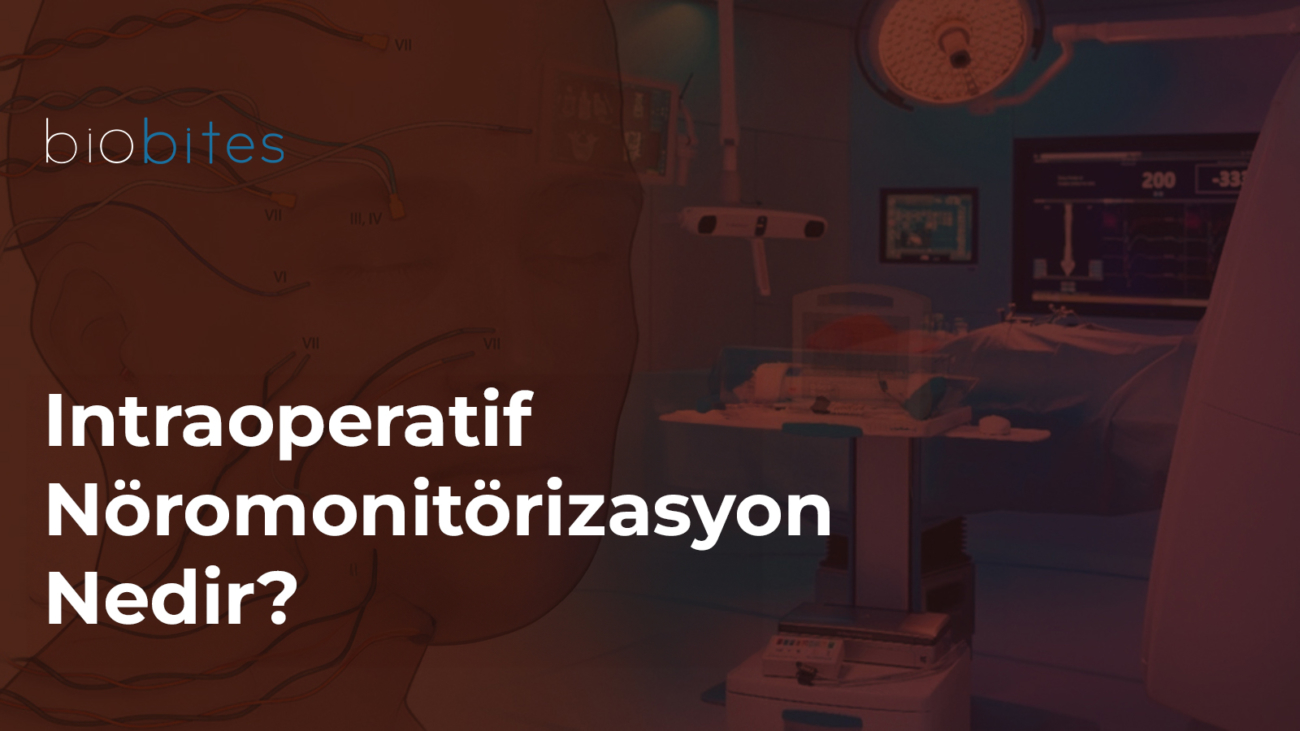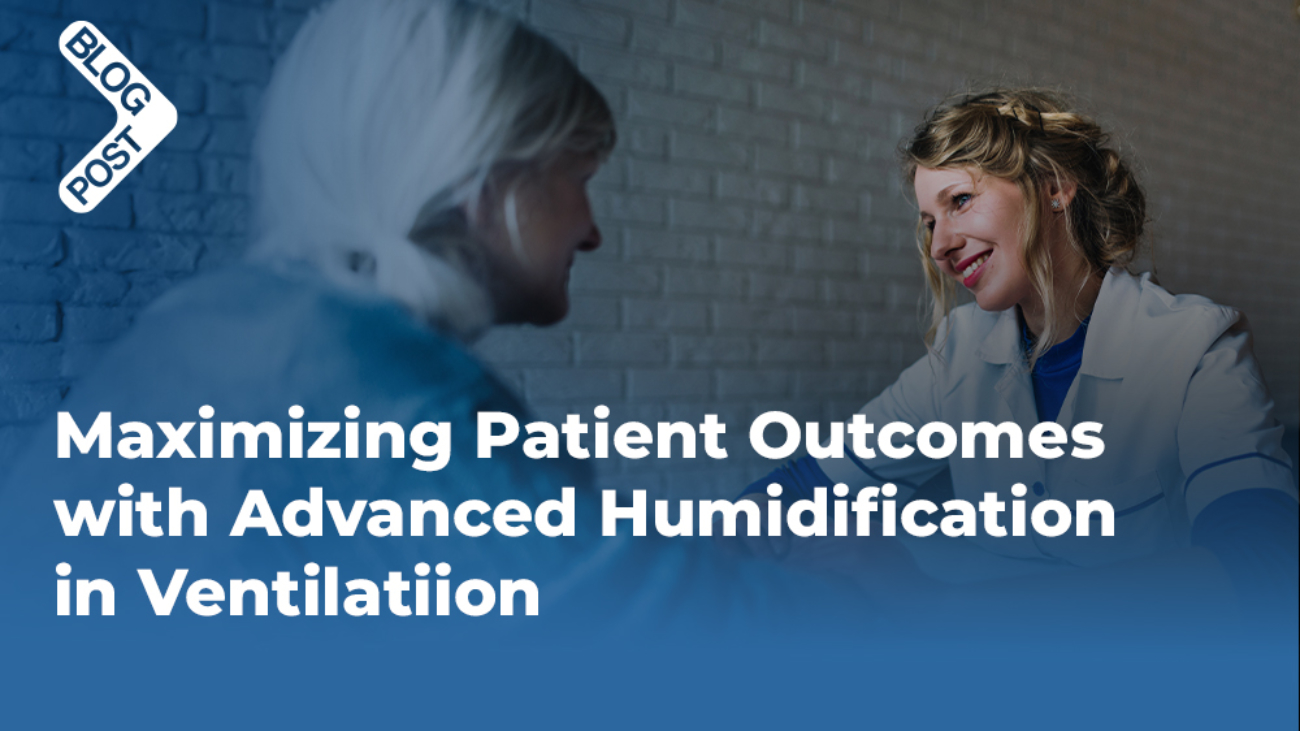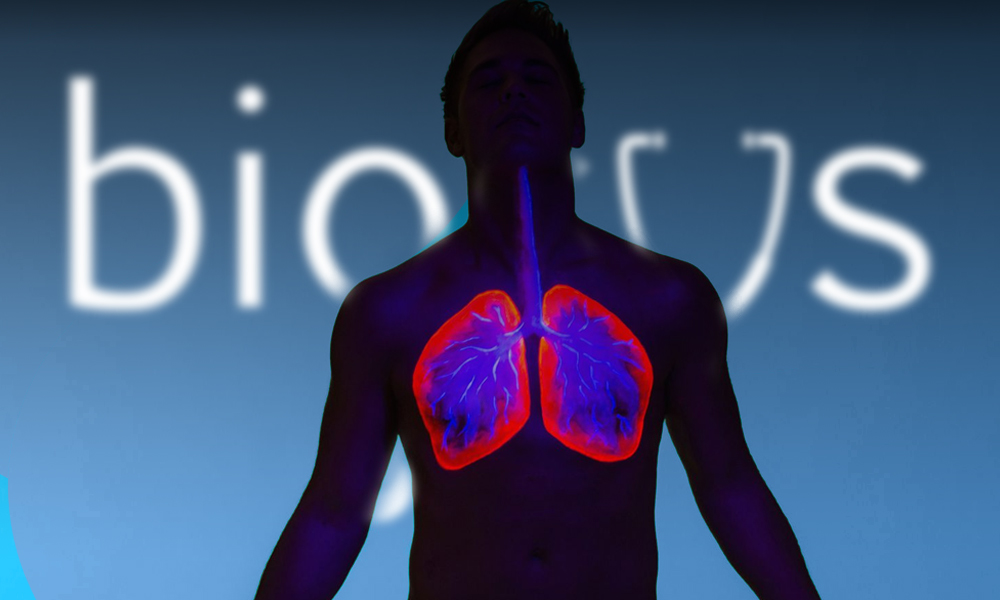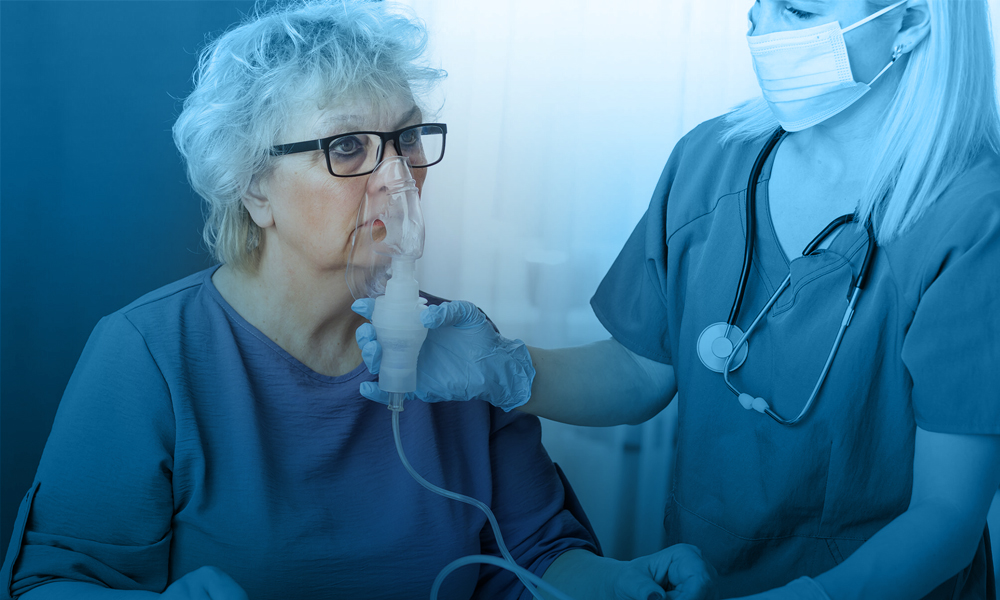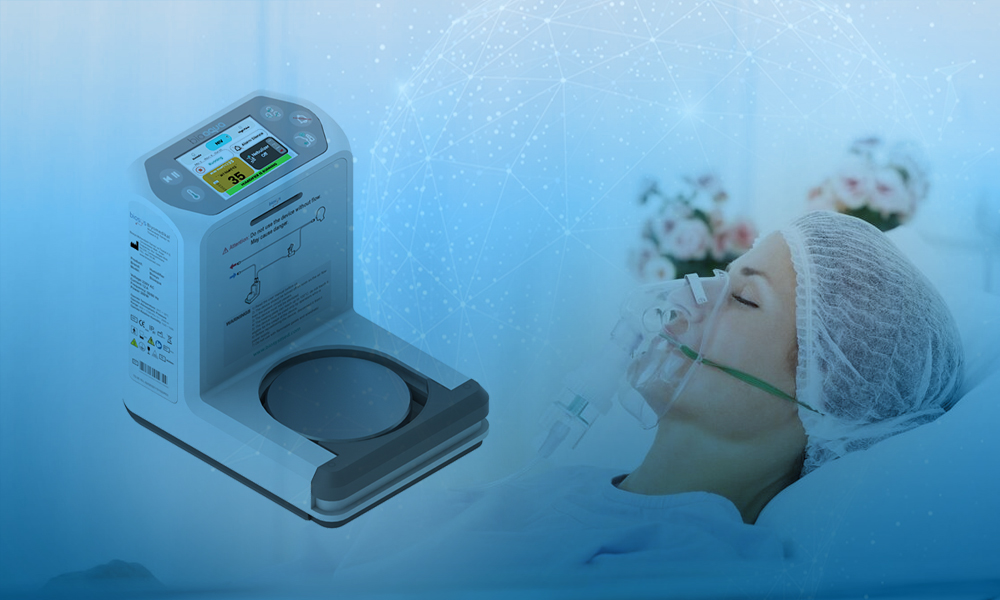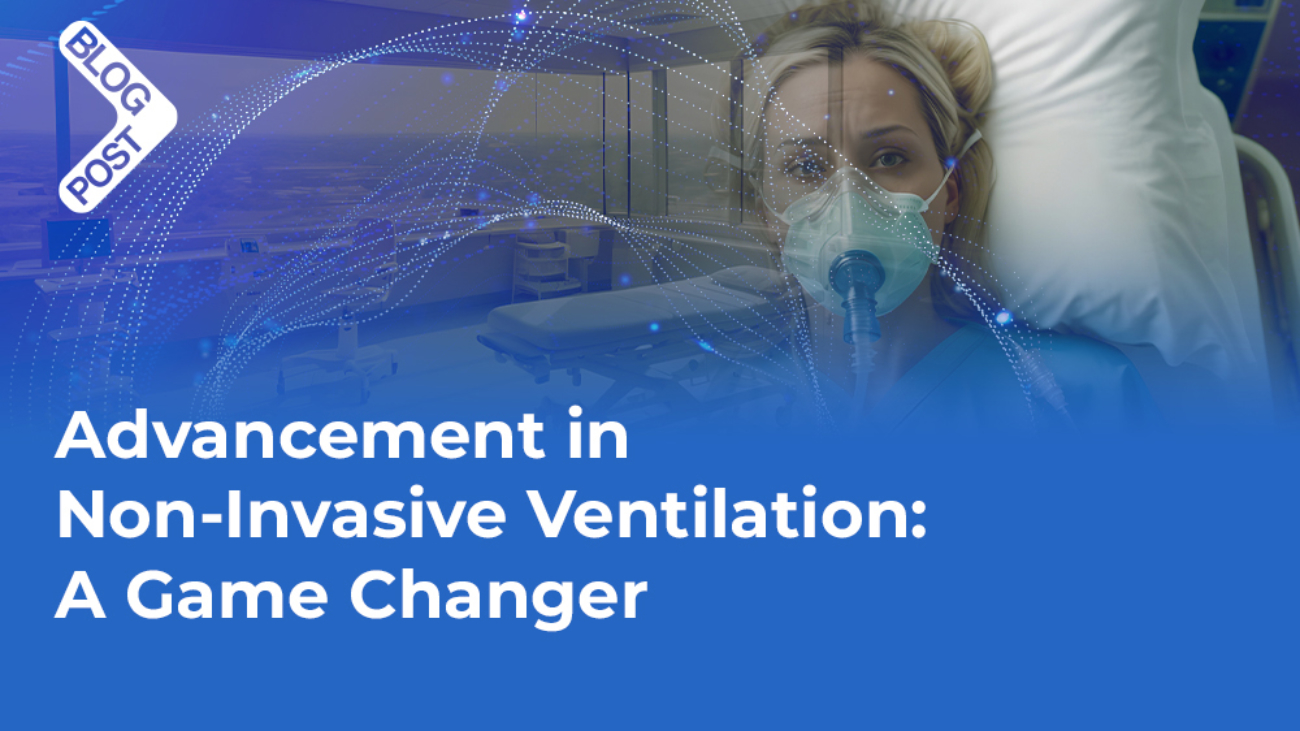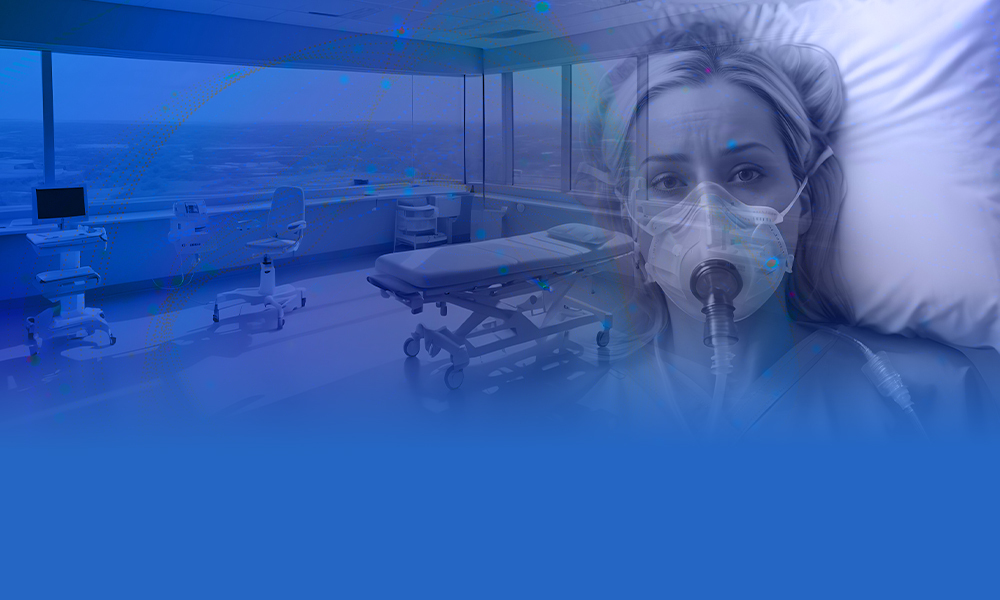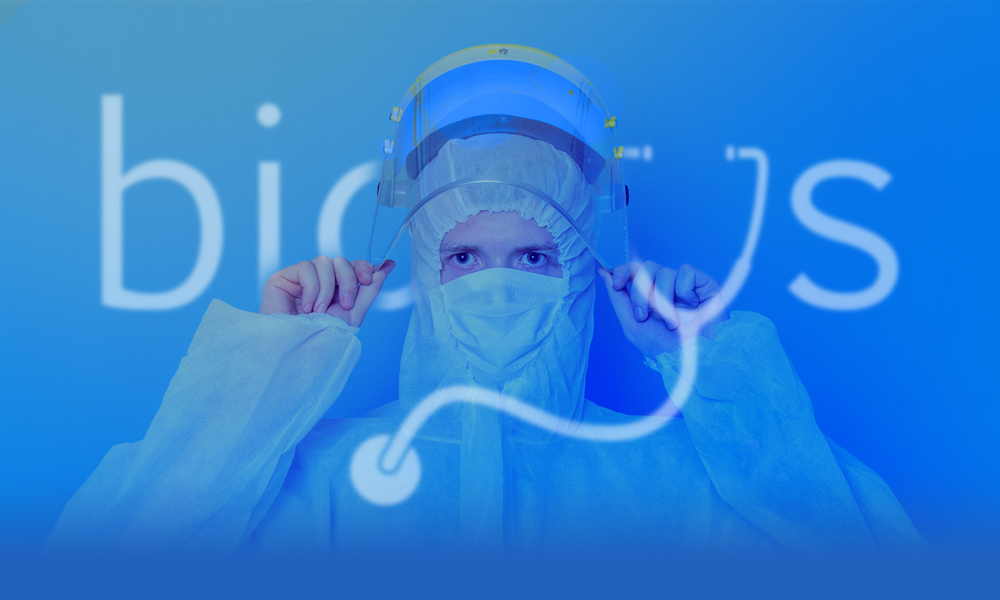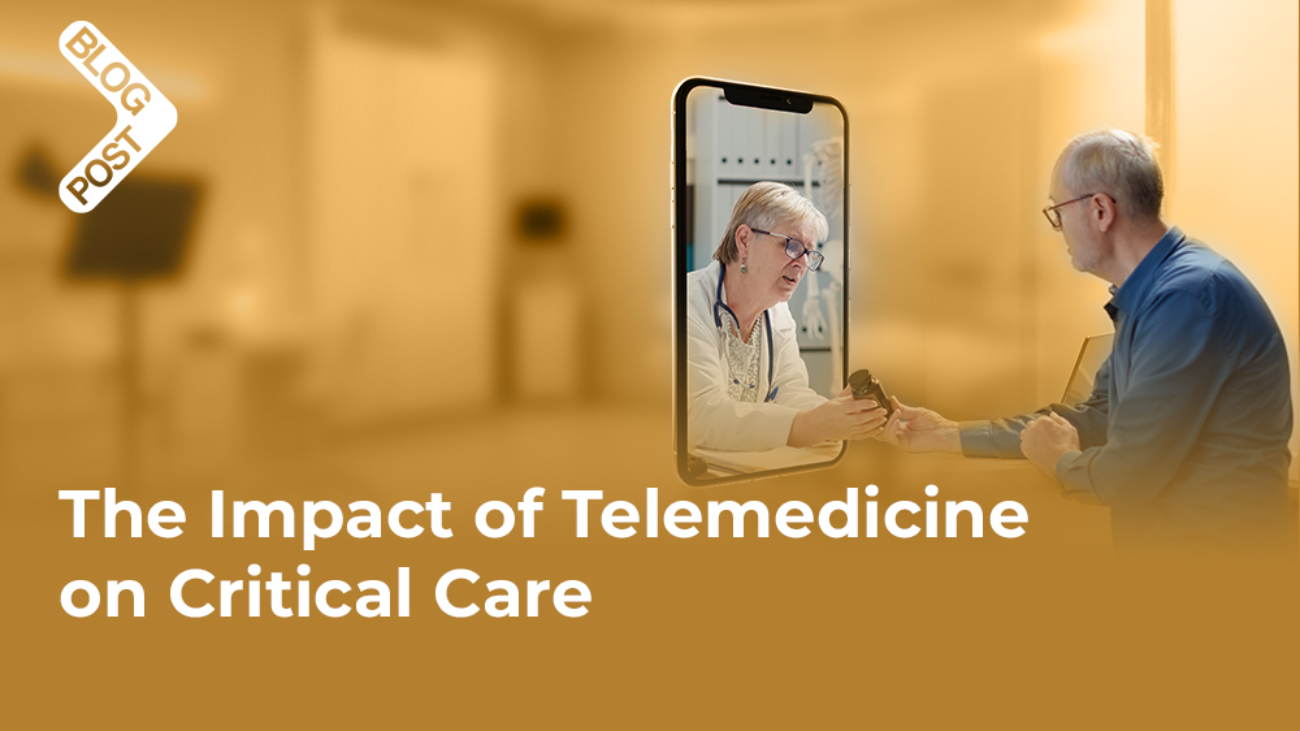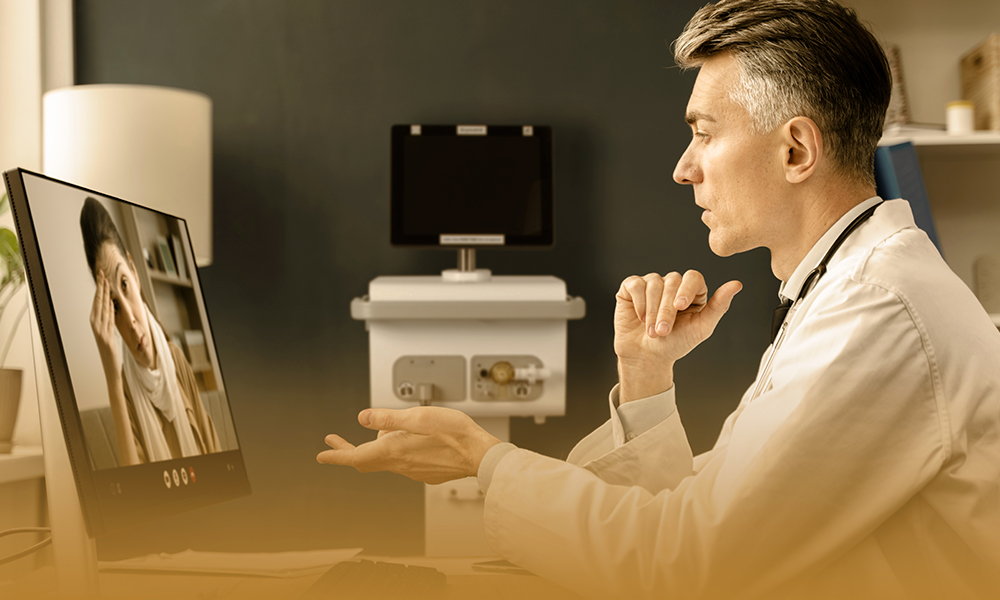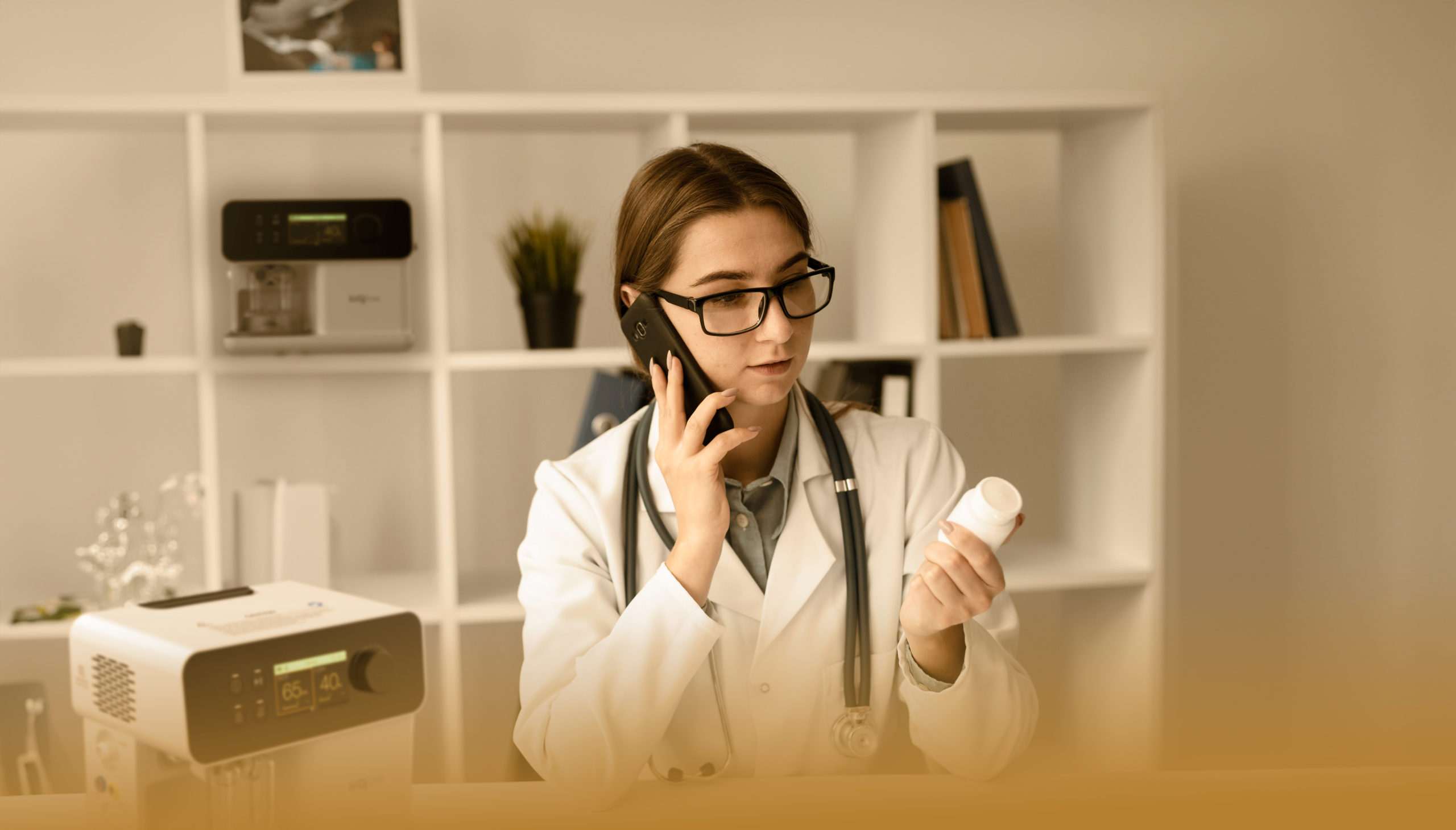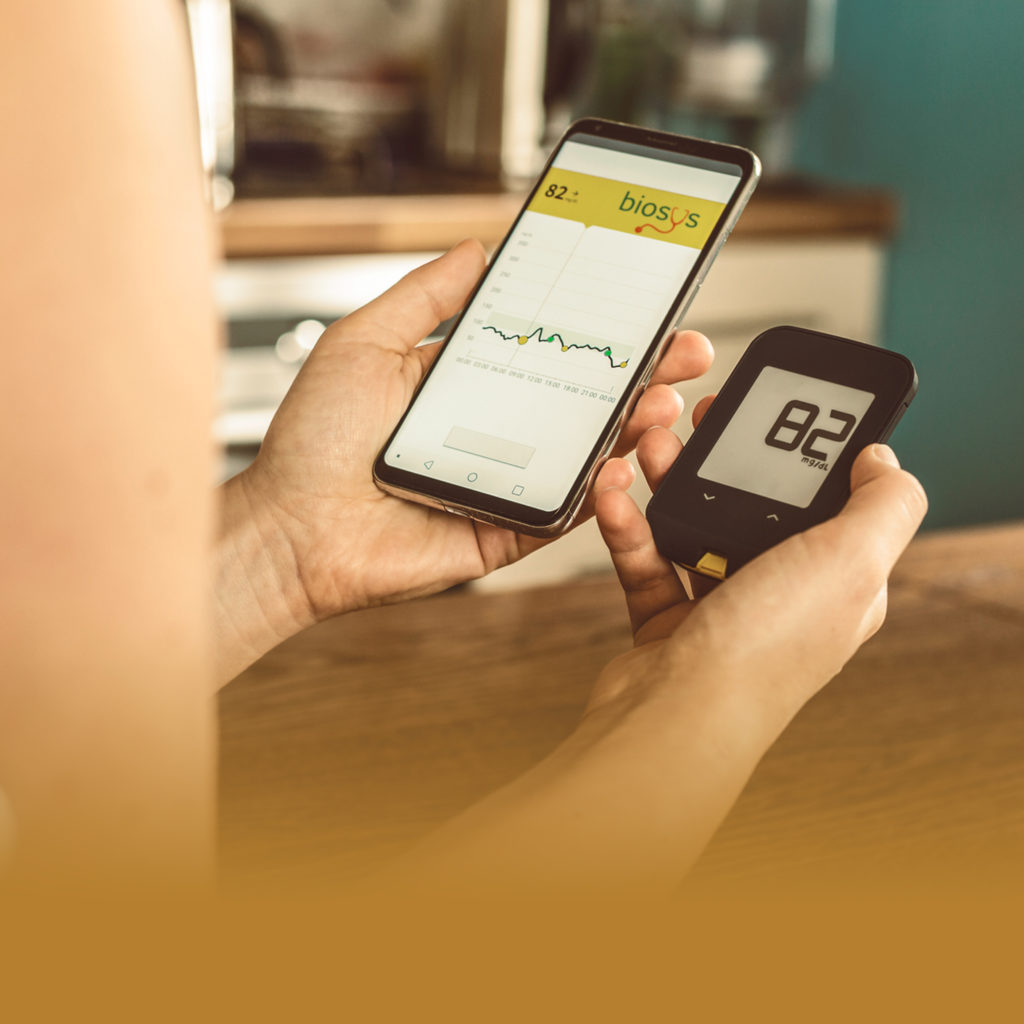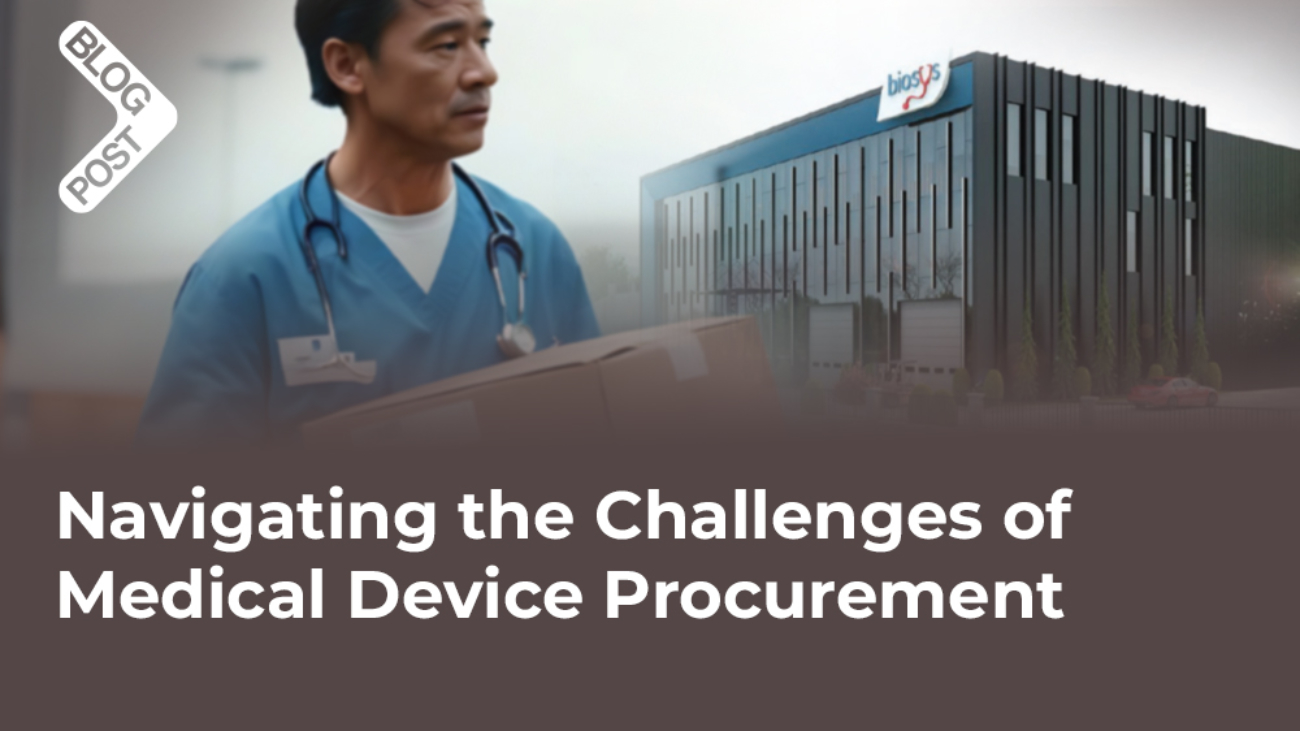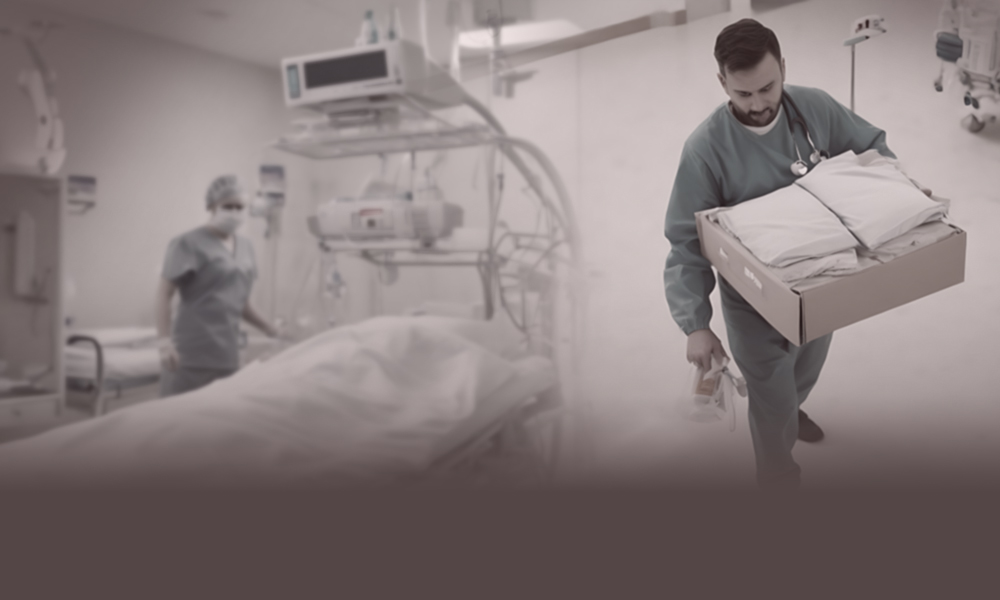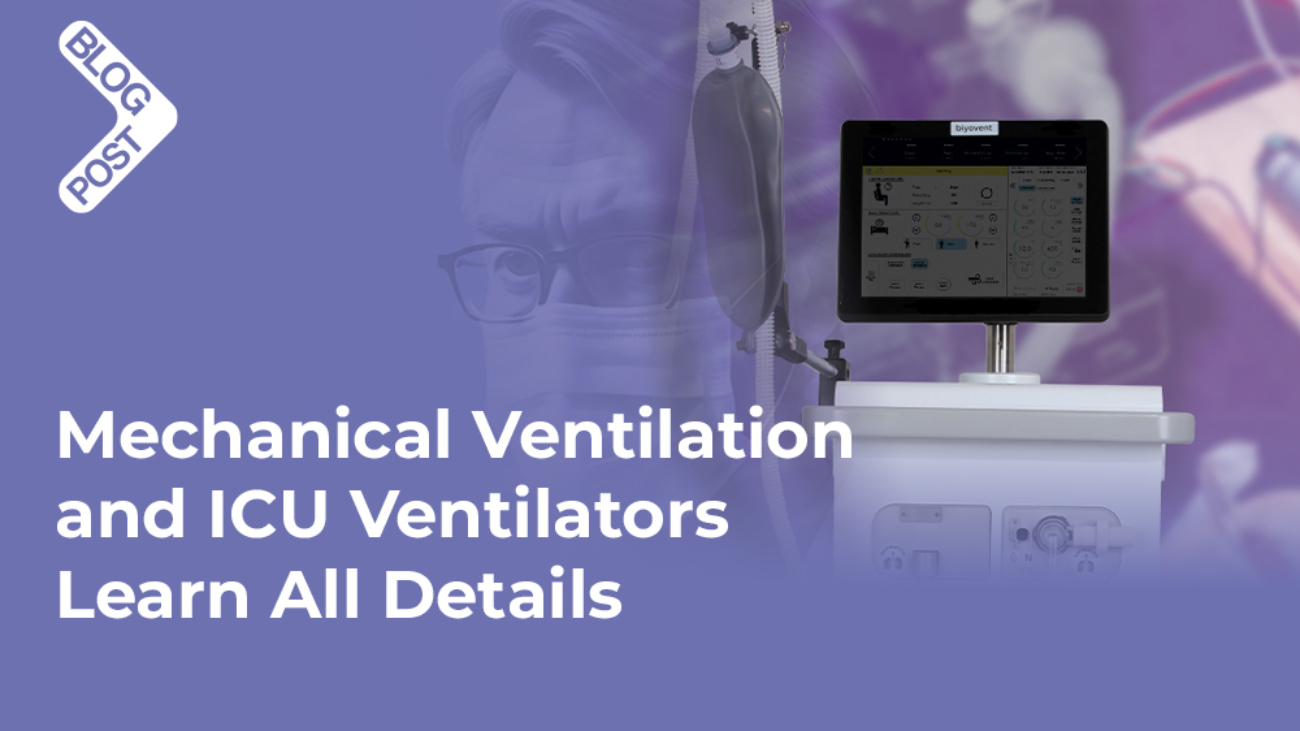İntraoperatif nöromonitörizasyon (IONM), cerrahi sırasında sinir sistemini, özellikle sinirleri ve omuriliği izlemeyi ve korumayı amaçlayan bir tekniktir. Özellikle sinirlerin veya sinir sisteminin zarar görme riski yüksek olan ameliyatlarda kullanılır.
IONM, sinir sistemine zarar verme olasılığı bulunan ameliyatlar esnasında sinir fonksiyonlarını izlenilir kılarak kalıcı hasar riskini azaltmaktadır. Özellikle beyin, omurilik ve sinir köklerini kapsayan cerrahi prosedürlerde sinirler üzerinde oluşması muhtemel hasarları önceden belirleyip cerrahın işini kolaylaştıran nöromonitör cihazı, sinir dokularını izleme ve koruma imkânı sunmaktadır. Örneğin beyin tümörü ve omurga ameliyatları sırasında IONM kullanımı, duyu kaybı veya felç gibi komplikasyonların önüne geçmektedir.
Ayrıca sinir monitörizasyonu, post-operatif iyileşme sürecini de olumlu etkileyebilmektedir. Kalıcı motor ve duyu fonksiyon kayıplarını en aza indirerek hastanın yaşam kalitesini arttırmaktadır.
Hasta Sağlığı Üzerine Nöromonitörizasyonun Faydaları
IONM, cerrahi işlemler sırasında hastaların sinir sistemini gerçek zamanlı olarak izlemeye olanak tanıyarak sağlık ve güvenlik açısından büyük faydalar sağlar. Nöromonitör cihazı; beyin, omurga, damar ve tiroid ameliyatlarında sıklıkla kullanılmakta ve sinir dokularının zarar görmesini engelleyerek cerrahi riskleri minimize etmektedir.
Nöromonitörizasyon Cihazlarının Yaygın Olarak Kullanıldığı Ameliyatlar
- Tiroid & Paratiroid Ameliyatları: sinir yaralanmalarını önlemeye yardımcı olan önemli bir teknolojidir. Bu uygulama, özellikle ses tellerine giden sinirlerin korunmasına odaklanır. Tiroit bezine çok yakın konumda bulunan bu sinirlerin hasar görmesi, ameliyat sonrasında ses kısıklığı ve hatta ses kaybı gibi komplikasyonlara yol açabilir. IONM, bu sinirleri izleyerek cerrahın hassas bir şekilde çalışmasına olanak tanır ve sinir yaralanması riskini azaltır. IONM kullanımı, özellikle tekrarlayan guatr ve komplike tiroit ameliyatlarında faydalı olacaktır, ses kısıklığı gibi istenmeyen durumları azaltarak ameliyat sonrası iyileşme sürecini hızlandıracaktır.
- Omurga Ameliyatları: Omurga cerrahisinde IONM özellikle sinir kökleri, omurilik ve sinir yollarını korumak için önemli bir role sahiptir. Omurga ameliyatları sırasında sinir veya omurilik yaralanması riski oldukça yüksektir; bu nedenle, cerrahın işlemi güvenli bir şekilde gerçekleştirmesine yardımcı olacak bir izleme sistemi gereklidir.
- Beyin Ameliyatları: Beyin ameliyatları, hassas sinir dokularının bulunduğu alanlarda yapılır, nöromonitör cihazı beyin ve sinir sistemini izlediğinden nörolojik yapılar korunmaktadır.
- Periferik Sinir Ameliyatları: Periferik sinirler, vücudun belirli bölgelerine duyusal ve motor sinyaller ilettiği için, bu sinirlerin hasar görmesi durumunda kas kontrolü kaybı, duyusal bozukluklar veya ağrı gibi komplikasyonlar ortaya çıkabilir. Nöromonitörizasyon cihazı periferik sinir ameliyatlarında cerraha, sinirlerin zarar görmesini önlemek için anlık bilgi sağlar ve sinir monitörizasyonu sağlar.
- Damar Ameliyatları: Sinirlerin damar yapılarına yakın olduğu ve sinir hasarının risk oluşturduğu durumlarda kullanılır. Özellikle büyük damarlar üzerinde yapılan ameliyatlarda, damarın etrafında bulunan sinirlerin korunması çok önemlidir. Örneğin, karotis arter cerrahisi veya aort anevrizma onarımları gibi ameliyatlarda sinir hasarı riski oldukça yüksektir.
Sık Sorulan Sorular
1)Belirli cerrahilerde nöromonitörizasyon kullanılmamasının riskleri nelerdir?
Nöromonitörizasyon kullanılmayan cerrahilerde sinir hasarı riski artar ve bu durum kalıcı veya geçici nörolojik komplikasyonlara yol açabilir. Sinirlerin korunamadığı durumlarda, hastada kalıcı felç, his kaybı veya duyusal bozukluklar motor ve duyusal kayıplar meydana gelebilir.
2) Ameliyat sırasında intraoperatif nöromonitörizasyonu (IONM) kim yapar ve izler?
Nöromonitörizasyon uzmanı tarafından kurulan Nöromonitör ameliyat esnasında cerrah ve anestezi uzmanının iş birliği ile kullanılmaktadır.
3) İntraoperatif nöromonitörizasyon tüm hastalar için güvenli midir?
IONM genellikle güvenli bir yöntem olarak kabul edilse de elektrotlar ciltle temas ettiğinden bazı hastalarda alerjik reaksiyonlara veya ciltte tahrişe neden olabilir. Elektrotların bazı hastalarda lokalize ağrı, kas spazmları gibi geçici yan etkileri olabilir.
Referanslar
- Skinner, S.A. ∙ Cohen, B.A. ∙ Morledge, D.E. Practice guidelines for the supervising professional: intraoperative neurophysiological monitoring. J Clin Monit Comput. 2014; 28:103-111
- R Malik, D Linos. Intraoperative neuromonitoring in thyroid surgery: a systematic review. World journal of surgery, 2016 – Springer
- Wong, Andrew K., et al. “Intraoperative neuromonitoring.” Neurologic Clinics 40.2 (2022): 375-389.
- Shils, Jay L., and Tod B. Sloan. “Intraoperative neuromonitoring.” International anesthesiology clinics 53.1 (2015): 53-73.

